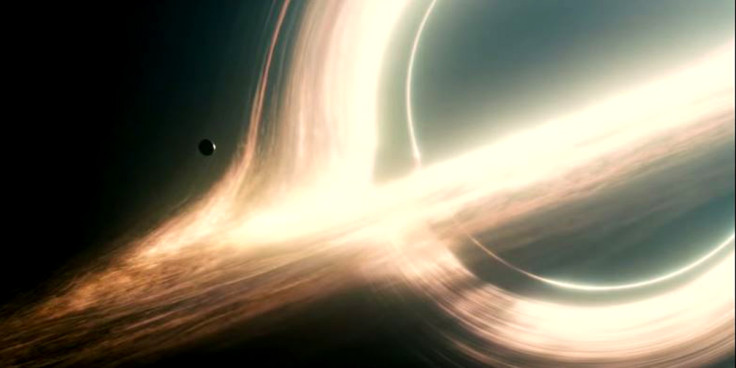After celluloid treat, Interstellar team steps into scientific research

After offering moviegoers a glimpse of the bizarre world of black holes and wormholes, Interstellar, the Hollywood space epic, is now contributing to scientific research.
The visual effects team in a scientific paper has describe the computer codes they used to generate the images seen in the movie. The code, called Double Negative Gravitational (DNGR), is helping to understand what a person orbiting a black hole would see.
Besides giving insights into black hole dynamics, the code and method used to make images is expected to aid astrophysicists in obtaining clear and smooth images.
Instead of using just a light ray for one pixel in a computer code, the team traced the distorted paths and shapes of light beams to obtain clearer images.
Co-author of the study and Caltech physicist Kip Thorne said, "This new approach to making images will be of great value to astrophysicists like me. We, too, need smooth images."
Some of the images in the film have impressed scientists with their mimicking of reality.
London-based visual effects company Double Negative and Kip Thorne found that when a camera is up close to a rapidly spinning black hole, peculiar surfaces in space, known as caustics, create multiple images of individual stars and the thin, bright plane of the galaxy that houses the black hole.
The team identified as many as 13 simultaneous images of the same star, and 13 images of the thin, bright plane of the galaxy housing the black hole.
They found that the images are concentrated along one edge of the black hole's shadow.
It is the first time that the effects of caustics have been computed for a camera near a black hole.
The computer code mapped the paths of millions of light beams and their evolving cross-sections as they passed through the black hole's warped space-time.
It then created clear images of the movie's wormhole and the black hole, Gargantua, and its glowing accretion disk.
The paper explains how DNGR was used to carry out a number of research simulations on the influence of caustics on the images of distant star fields as seen by a camera near a fast spinning black hole.
A light beam emitted from any point on a caustic surface is focussed by the black hole into a bright cusp of light. When the camera is close to the black hole, the caustics wrap around the sky many times due to the black hole's spin. The space is dragged into a whirling tornado around the hole, stretched many times around.
Each caustic passing by a star either creates two new images of the star as seen by the camera, or annihilates two old images of the star. The camera orbiting the black hole show this constant creation and annihilation through the DNGR simulations.
These multiple images were only seen when the black hole was spinning rapidly and only near the side where its whirling space was moving toward the camera.
On the shadow's opposite side, where space is whirling away from the camera, the team deduced that there were multiple images of each star but the whirl of space compressed them inward towards the black hole's shadow so that they were not seen in simulations.
Images of a split shadow caused by portions of the accretion disk swinging up over and below Gargantua's shadow, and in front, was caused by gravitational lensing -- the same process by which light beams from the disk or distant stars, are bent and distorted by the strong gravitational field of the black hole.
The paper was published in IOP Publishing's journal Classical and Quantum Gravity.
© Copyright IBTimes 2025. All rights reserved.





















